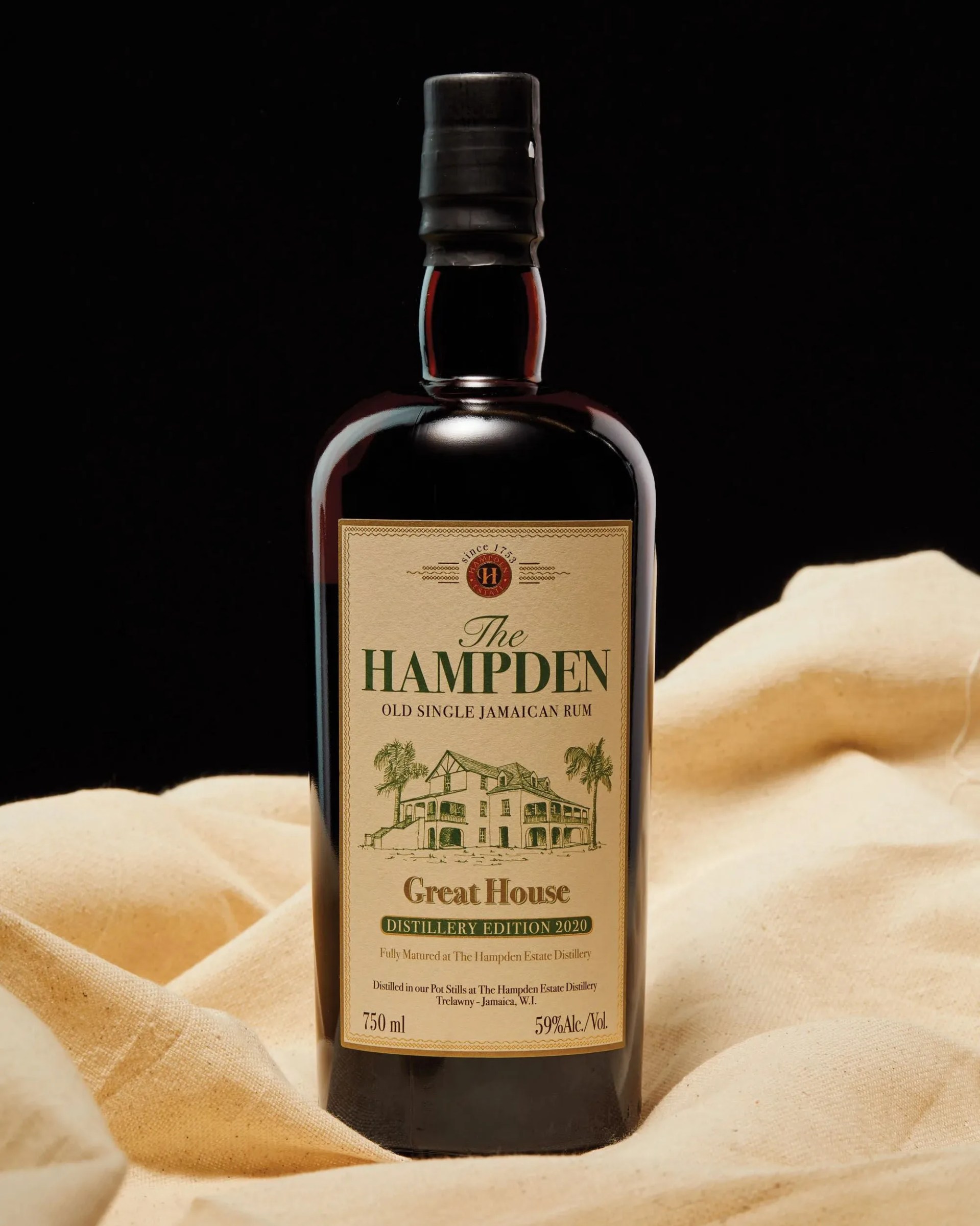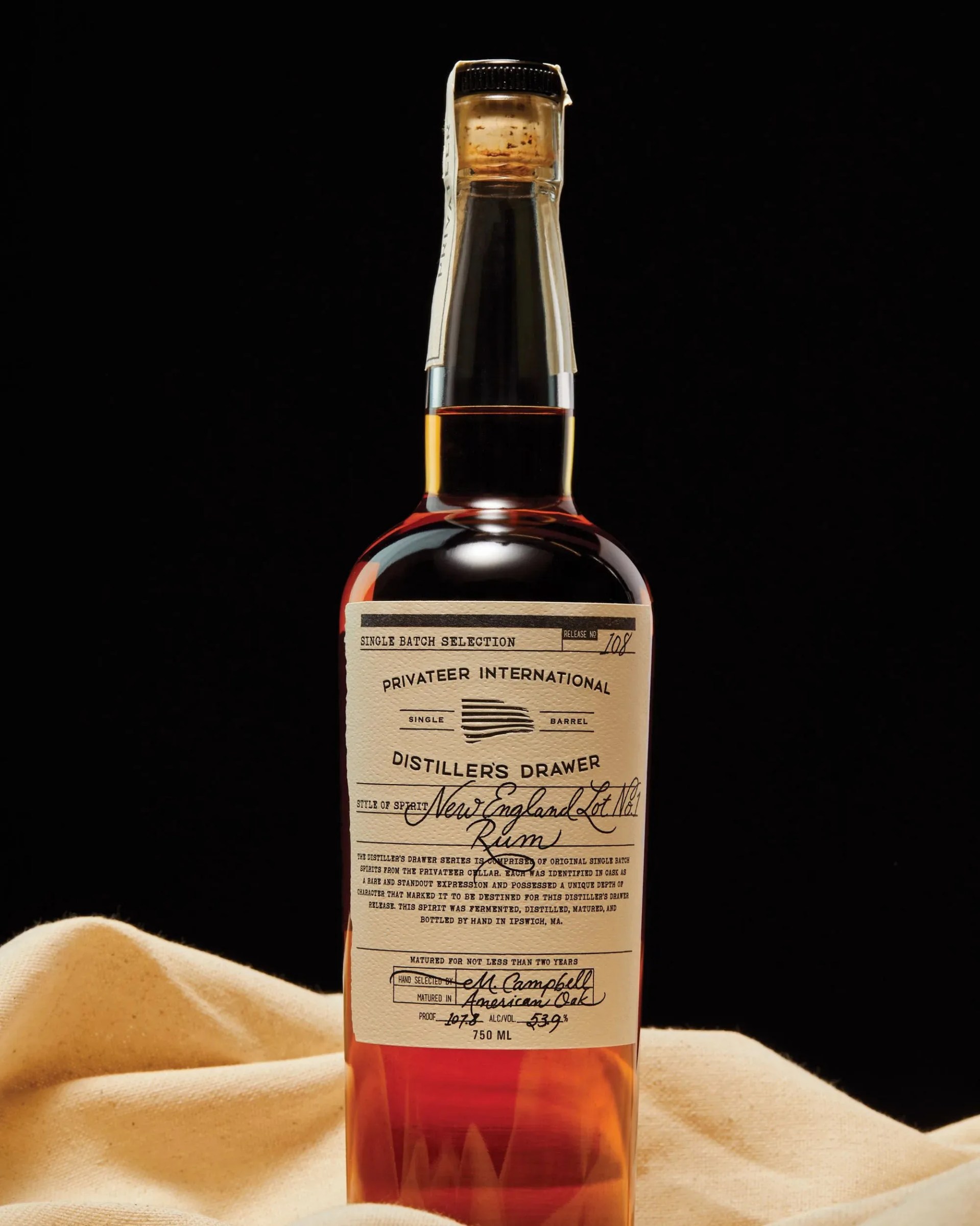Early adopters have long prophesied rum’s rise. Surely, it would only be a matter of time until bourbon drinkers would be drawn in by the two drinks’ similarities.
They were right in one sense but wrong in another. Bourbon whiskey shares much with rum but whiskey fanatics will only convert if given a pressing reason to. And ironically, it’s bourbon’s own swelling popularity that’s provided one.
There are other, perhaps even better, reasons the modern bourbon-whiskey drinker might be tempted by the rum world’s easy-going nature. However, the simplest argument comes down to numbers: if you could buy Pappy van Winkle for $130 right now, would you?
By contrast, rum offers more: varieties, flavors, eccentricities and, critically, availability.
Bourbon whiskey’s popularity has reached the point where many coveted bottles — including Pappy, not to mention most of the Buffalo Trace lineup — are effectively unobtainable.
By contrast, rum offers more: varieties, flavors, eccentricities and, critically, availability. Step back and compare the breadth of flavor profiles in the rum world to that of bourbon — or even whiskey, bourbon’s parent category — and rum is the clear winner.
This is mostly due to one of rum’s unique traits: decentralization. Where bourbon, Scotch and spirits like tequila and cognac are, to different degrees, bound by regulation, geography and strict definitions, rum is a loose cannon.








